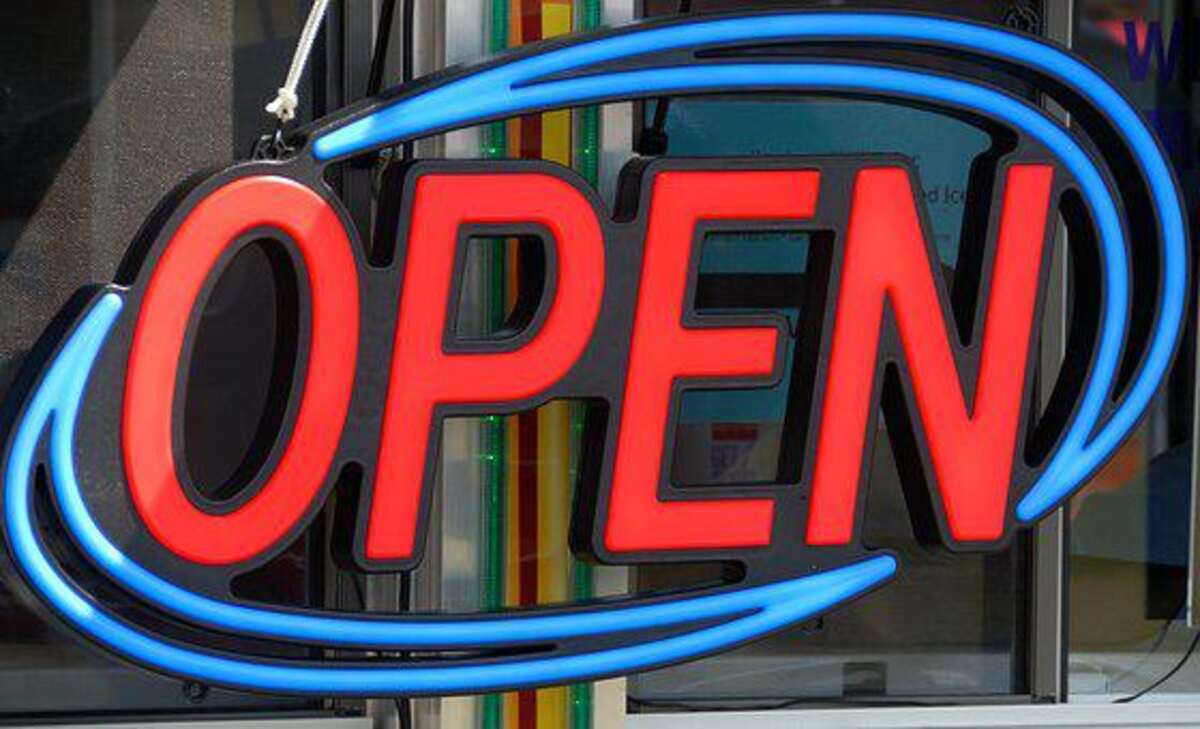The most notable Five Secrets To Creating A Warning That Gets Noticed
No person is a graphic designer… but it doesn’t mean you can use that as an excuse for creating a substandard sign for your business or perhaps a special event. Here are five easy steps tips to ensure your signal stands out and gets discovered. Obtain the Best information about cool neon signs for room.
1. AVOID EXCESSIVE WORDINESS
Most people think that they have to supply as much information as possible on particular signs – but accomplishing this will detract from the sign’s ability to get noticed. It’s hard to read a sign that’s also “busy,” as it’s very challenging to pick out which pieces of details are truly important. Your current message has to be concise and the point – it will be far more powerful if it’s limited to just a couple of words or bullet items.
Ask yourself: What is the purpose of my very own sign? Can I remove one thing without losing the main message? Then, take into account that the purpose of your sign isn’t to provide all of the facts and instructions. It’s to project there are, focused messages to your visitors.
2. ENSURE YOUR WARNING CAN BE READ AT A DISTANCE
A new driver only sees a new billboard for a few seconds. Nevertheless, we see far too many billboards where the main messaging is hard to read. Most new brands have no idea about minimum notification heights and reading kilometers. Their signs might look great but are ultimately failing inside their prime objective – to be able to communicate a message that can be recognized.
Our studio follows the particular “Standard Letter Visibility Chart,” commonly used by Canadian Comarcal & U. S. Express Roads authorities, to ensure the signs can be read effectively. For example, if your lettering is 10 inches high, the most readable distance of your signal is approximately 100 feet. Often be aware of where your signal will be installed and at just what distance it will typically end up being viewed. Once you know the space, you can adjust the size of your current lettering accordingly. If you’re caught, our professional staff can advise on what size of letters are perfect for your sign.
3. SHAPE YOUR MESSAGE
We see many meeting and conference signals designed without emphasizing borders. These signs commonly lack punch, especially if each uses a plain white background. You will need to take the approach that all excellent photographers use in their do the job – you need to frame your sign so that its style, design, and messaging are unique and focused.
That’s not to talk about. You need a massive border all around your sign. Depending on the different design elements, an emphasized border might be limited to only one or two sides of the sign. In most cases, a border isn’t perhaps necessary if the other features are strong enough independent. If you intend to place your warning into a metal or cheap frame, your sign can have more punch if the artwork elements complement the color and elegance of the frame that will be made use of.
4. USE THE RIGHT SHADES
We’ve seen a lot of indications where either too many or perhaps too few colors are included in the design. When merely a single color is used, it is difficult to draw the eye to the sign. Adding too many shades, though, can hurt the potency of the sign by producing clutter. Too many shades also tend to “clash,” and the design and style will appear ugly.
As a general rule, at the very minimum, we recommend two and a maximum of several solid colors in any design and style – enough to get your signal noticed but not overwhelm your current audience. Remember that your choice of shades will dramatically influence the readability of your signal. For example, black on yellow is significantly easier to read than reddish on grey.
Each time a corporate logo is used, it is recommended to complement its design with one of its colors to the sign’s text or border feature elements. Contrary to logos, pictures and other graphic images typically include a full spectrum of colors. However, usually, there are one or two dominant “theme” tones that the eye can distinguish. So your sign should get from the dominant colors (or a percentage, such as a half-tone), working with them in the accent borders and supporting text.
5. OPT FOR THE TYPESTYLE
With thousands of typestyles out there, it’s very tempting as a measure to use every available one. Completely new designers will often try to stack several different typestyles into one style and design – but all this does is create visual litter.
As a general rule, choose only one “decorative” typestyle for your design. Even though they might look cool, often, the fancier typestyles are not generally legible and can obscure your message. Decorative styles should always be complemented with other phrases and body copy printed in a very clearly legible typestyle. Using logos, try to use a typestyle that complements the brand. If you have more than one message, as well as using a full-color or photo image as your background, work with varying “weights” of the same typestyle or modify the style using italics, bold, shadows, traces, or contrasting colors for making your central phrase or perhaps company name stand out and get discovered.
SUMMARY
Remember, creating a signal that gets noticed is not about being clever or cute – it’s concerning getting your message across simply by maximizing three things: Rankings, Readability, and Legibility. With these five easy tips, you can use design a sign that the two look good and provides the job done.
Read also: The Reason Do People Start Organizations?


